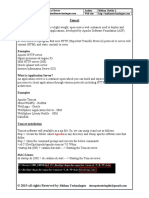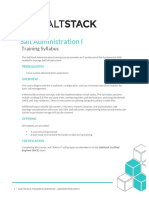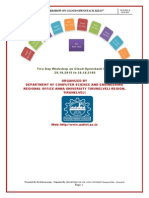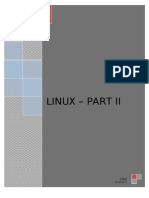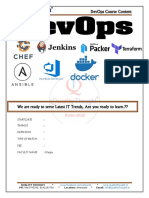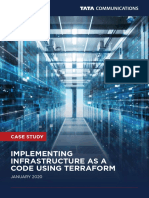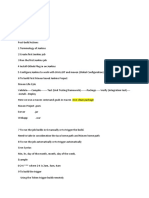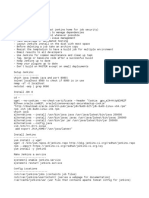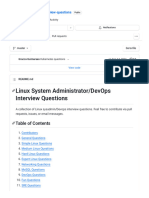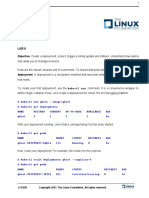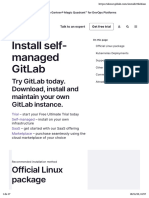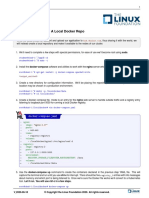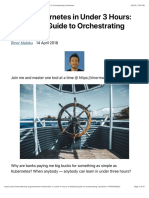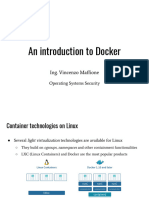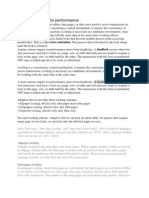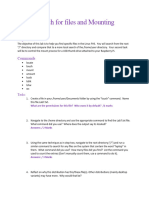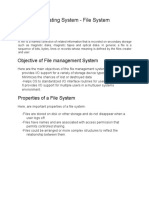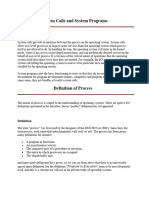100% found this document useful (1 vote)
783 views33 pagesDocker & Kubernetes for Cloud Services
The document discusses Docker and Kubernetes. It provides an overview of how Docker is used to build portable software applications that can run anywhere, even on different cloud platforms. Kubernetes is then introduced as a way to orchestrate and manage multiple Docker containers. The document encourages readers to start using Docker and Kubernetes before it's too late, as Google has been using container technologies for over 10 years.
Uploaded by
Farab AftabCopyright
© © All Rights Reserved
We take content rights seriously. If you suspect this is your content, claim it here.
Available Formats
Download as PDF, TXT or read online on Scribd
100% found this document useful (1 vote)
783 views33 pagesDocker & Kubernetes for Cloud Services
The document discusses Docker and Kubernetes. It provides an overview of how Docker is used to build portable software applications that can run anywhere, even on different cloud platforms. Kubernetes is then introduced as a way to orchestrate and manage multiple Docker containers. The document encourages readers to start using Docker and Kubernetes before it's too late, as Google has been using container technologies for over 10 years.
Uploaded by
Farab AftabCopyright
© © All Rights Reserved
We take content rights seriously. If you suspect this is your content, claim it here.
Available Formats
Download as PDF, TXT or read online on Scribd
/ 33









